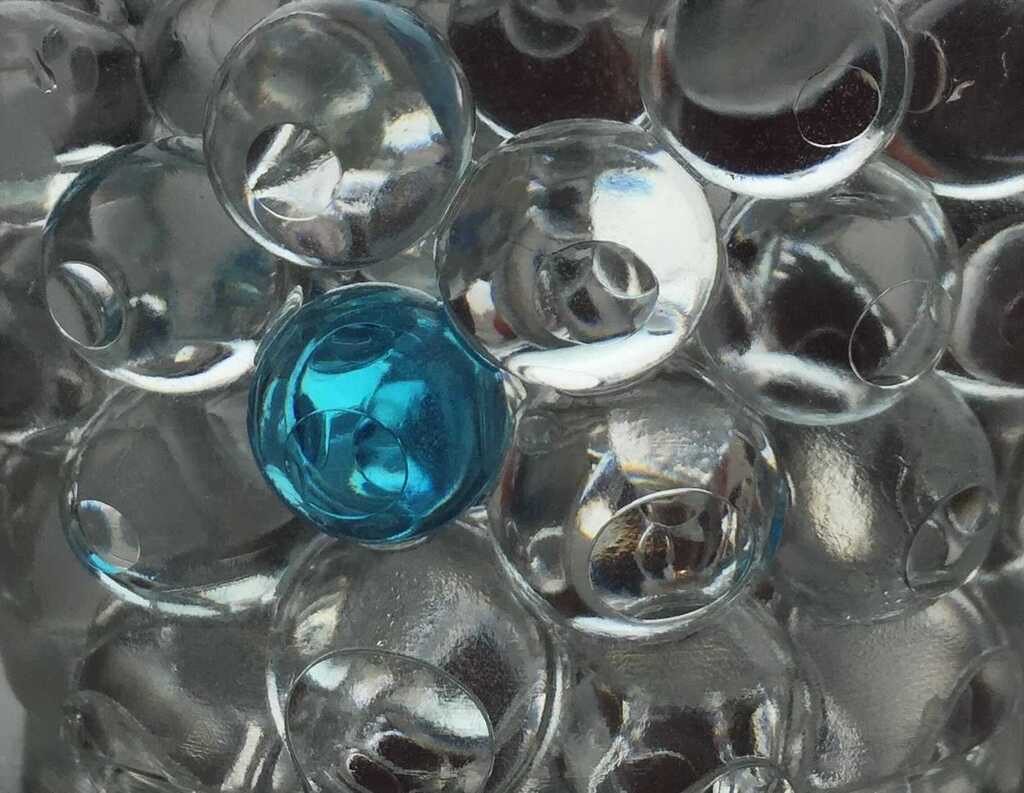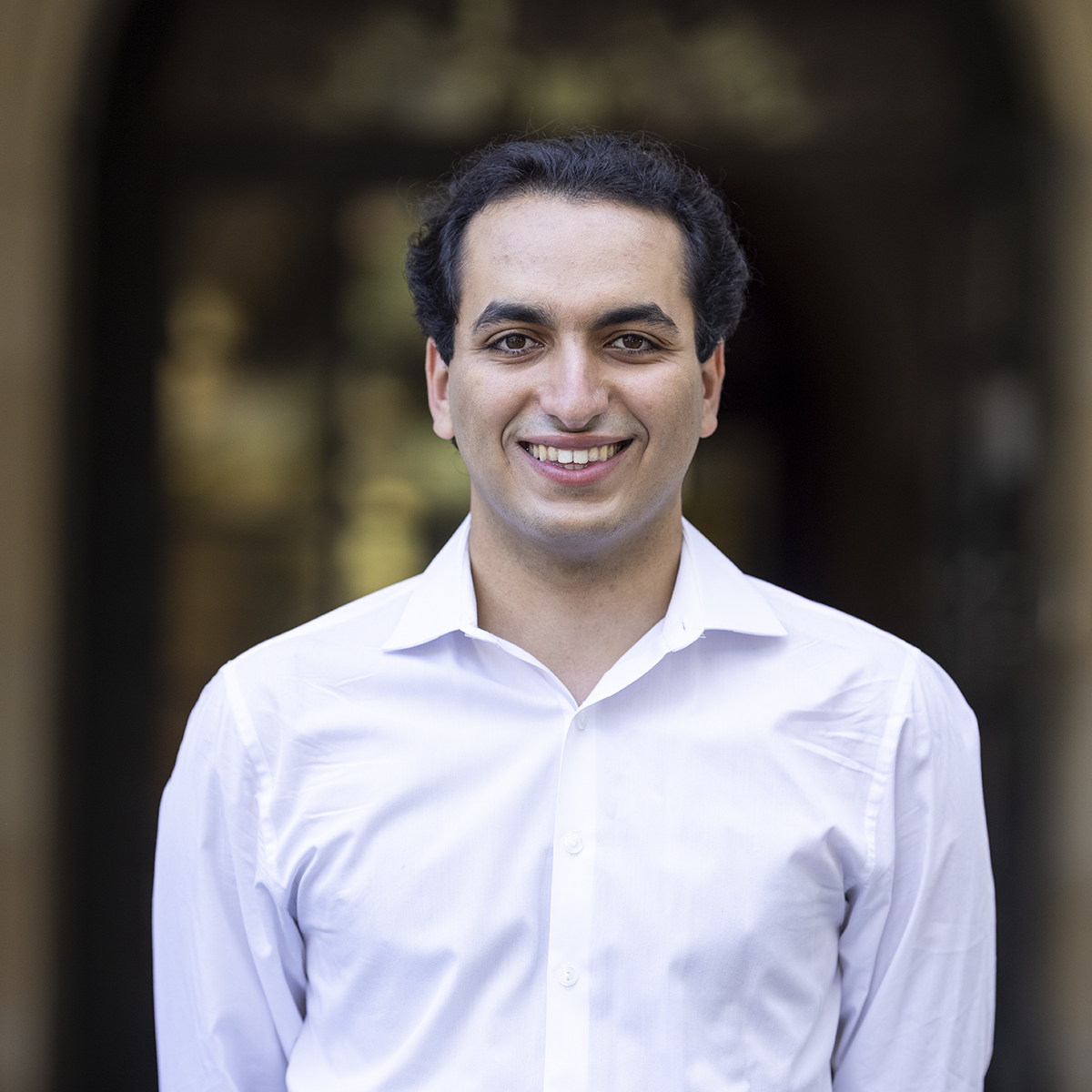Researchers find new hydrogel technology has potential to enhance healing process

Researchers are looking at using modified hydrogel to provide a scaffolding for better recovery response, meaning wounds could result in less scarring. (Illustration by Maddie Rausa/Daily Bruin)
Chronic wounds are a problem in the United States, said Philip Scumpia, an assistant professor of dermatology at UCLA.
Millions of chronic wounds do not heal properly each year, costing the health care system billions of dollars annually, he said. Scumpia and a group of researchers developed a new material that could help heal wounds properly to prevent chronic wounds.
The researchers published a study in early November finding that a modified hydrogel can change healing processes by activating a more robust immune response. The hydrogel could improve skin strength, hair regrowth and skin functionality where wounds heal, according to the study.
The hydrogel is made of microscopic spheres that stick together and provide space for new hairs and blood vessels to grow, said Scumpia, who is a co-author of the study.

The hydrogel is placed into the wound and gives skin cells space to grow through, said Dino Di Carlo, vice chair of graduate studies in the department of bioengineering and a co-author of the study. The holes between the hydrogel spheres allow skin cells to reach the wound quicker, Di Carlo said.
“Think about a gumball machine,” Di Carlo said. “It’s all kind of stuck together, but then there’s all these little cavities in between the gumballs.”
The researchers modified the hydrogel to make it more foreign to the body, which activated a different immune response that led to skin regeneration, said Tatiana Segura, a biomedical engineering professor at Duke University and a co-author of the study who began work on the research while a professor at UCLA.
The body normally seals open wounds with scar tissue, which does not have hair follicles or sweat glands, said Maksim Plikus, a professor at UC Irvine and a hair follicle expert who was also a co-author of the study.
But when wounds are treated with the hydrogel, the body regenerates more skin tissue instead of scar tissue, Scumpia said. The hydrogel activated the body’s adaptive immune response on top of the innate immune response, he said.
The adaptive immune response heals wounds by activating cells that promote regrowth of skin tissue, whereas the innate immune response usually leads to scar tissue, Di Carlo said. Normal skin stretches easily, but scar tissue is brittle and can tear more easily, Segura said.
The research was conducted in mice models, according to the study.
“At present, no therapeutics are very effective at reducing scarring, and no therapeutics can induce regeneration of new hairs or glands in skin wounds,” Plikus said.
Donald Griffin, an assistant professor of biomedical engineering at the University of Virginia and a co-lead author of the study, said emerging methods to heal skin have reached a standstill. Currently, a common approach to heal wounds is placing processed animal tissue in the wound, he said.
This hydrogel treatment is valuable to diabetic and immunocompromised patients whose wounds heal poorly because of weak scar tissue, Scumpia said.
Improved healing of scars also gives people a cosmetic advantage, Plikus said. For example, scars on the eyebrow and scalp are noticeable because they do not regrow hairs, he said. The new treatment helps conceal these injuries by reintroducing hair growth, Plikus added.
Regenerating hairs reintroduces additional functions, such as fats that provide insulation and moisturizing secretions, something hairless scars lack, he said.
With this new development, the researchers hope that wounds and scarring become a less significant burden.
“The ultimate goal will be to translate these exciting mouse model findings to clinical settings and to be able to induce wound healing to the degree that scars become invisible,” Plikus said.


